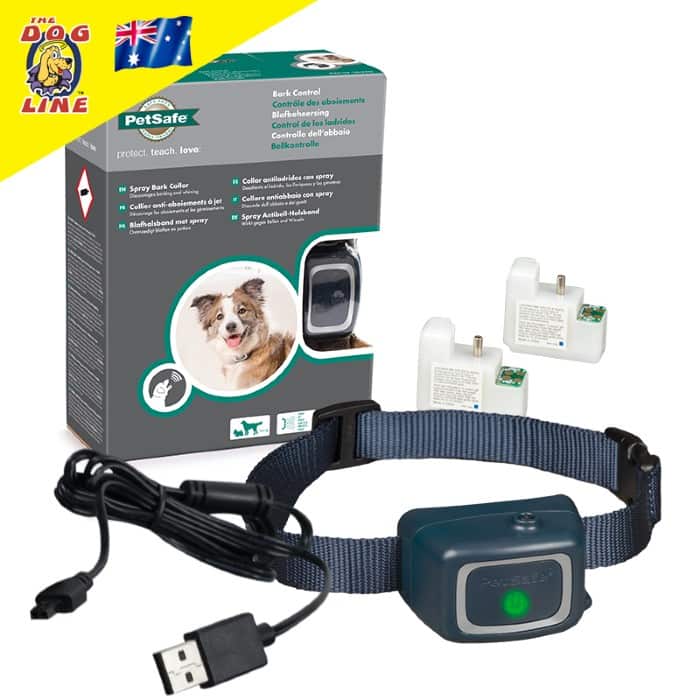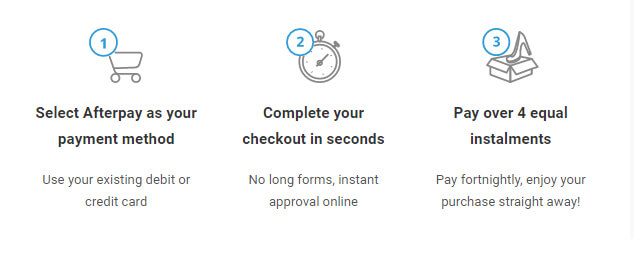Fact: Dogs bark. Another Fact: We have a solution! However, this fact does not mean that you are to tolerate excessive barking as there are simple, effective and safe ways to remedy the problem.
Puppy Nuisance Barking - Is it Normal?
 Ok, so you’re too excited to get home because finally, you got the puppy. You can’t believe you’re actually singing a lullaby as the puppy is peacefully sleeping on the passenger’s seat. You think to yourself, what an angel you’ve got with his soft little snores. Angelic.
Ok, so you’re too excited to get home because finally, you got the puppy. You can’t believe you’re actually singing a lullaby as the puppy is peacefully sleeping on the passenger’s seat. You think to yourself, what an angel you’ve got with his soft little snores. Angelic.
Then you reach home; got out of your car; your kids at the front door obviously excited that the new family member has just arrived. The kids rush towards the car as you hush them down to signal that the pup is sleeping. And you slowly take the puppy out by carrying it in your arms. And then; like a baby awoken from a short sleep, the puppy cries and barks and whines…. endlessly.
“The puppy is still adjusting to his new environment!” You always remind yourself, your kids and most especially your husband; who is obviously annoyed and has even volunteered to return the pup to the pet shop.
Three months have passed and you still catch yourself with the exact phrase, “The puppy is still adjusting to his new environment!” and you realize you are the only one actually buying it.
What is normal puppy barking?
So you have already accepted that you did not bring home an angel but a puppy. Of course, they bark as it is their way of communication and normal behavior. Barking is a good vocal exercise for them too. But too much of it can drive you and your neighbours nuts.
The acceptable barking is those done for appropriate and good reasons such as when strangers approach your house, when they hear an odd noise or when they are threatened. When there is a threat, of course, dogs by instinct will react by barking.
Before we discuss when barking becomes “not normal”. Let us first discuss the types of barking so we can identify and differentiate each one and tell which types are to be stopped.
The five main classes of dog sounds
So dogs basically make five main classes of sounds: howls, growls, grunts, whines, and barks.
Howls attract attention, to make contact with others and to announce their presence. Howls are also used in response to high-pitched sounds, such as doorbells, sirens or sudden loud music. Howls are extended barks usually with the dogs face up. It sounds more like an “ooooooooooh”; and usually monotonous, repeated and relaxed.
Growls are used to threaten, warn, in defense, in aggression, and to show dominance. A growling dog usually stays stationary. They growl when they feel they are about to fight for something. Growls are the continuous, short yet fierce sound made by an angry or provoked dog. They usually growl before they attack. When dogs growl; they usually show off their complete set of teeth.
Grunts are equivalent to people’s contented sighs. For dogs, grunts are much like snores or sounds they create with their mouths closed or slightly open. Grunts are common greeting and reply sounds for dogs and thus can be considered their normal communication.
 Whines or whimpers, on the other hand, are short- or medium-range modes of communication. Dogs whine to showing submission, frustration or pain. It is usually done to get attention. More so it is an attention-seeking behavior; more like crying without tears for humans. Dogs also use this trick to look and sound pitiful, especially if they want to get things or do something. It sounds as if the dog says (with droopy eyes), “Pity me or let me out please”.
Whines or whimpers, on the other hand, are short- or medium-range modes of communication. Dogs whine to showing submission, frustration or pain. It is usually done to get attention. More so it is an attention-seeking behavior; more like crying without tears for humans. Dogs also use this trick to look and sound pitiful, especially if they want to get things or do something. It sounds as if the dog says (with droopy eyes), “Pity me or let me out please”.
Barking-- the most common of all; is a dog’s normal language for communication. More like talking for humans. They bark to alert or warn others, defend a territory, seek attention or if they simply want to play. It is also used in response to people talking to them, or a way to identify or introduce themselves. Dogs also bark due to boredom, excitement, or when they are startled, lonely, anxious, or teased. Barking is usually quick, like 3-5 times, high pitched sounds that usually stop once they get attention or they do something else.
When does barking become “not normal”?
As the saying goes, “too much of everything is not good” and therefore, what is not good should be stopped at the earliest possible time. The puppy stage is actually the best time to curtail bad habits so they do not take them when they are adults. Teaching your puppy appropriate behavior from the beginning is a whole lot easier than trying to change what has become a bad habit. While there may be behavior that we may find cute in puppies; the same may be downright pathetic in adult dogs.
So while it is normal for a puppy to adjust to the new environment, it is also normal for him to become adjusted in time. A week or two is probably enough adjustment time for him to settle his anxieties and act “normally” .
Again too much of something is not good; may it be howling, grunting or whining. Even if the sound may be moderately low, still too much of it is still “not normal”.
What to do with too much puppy noise?
The very first thing to do to remedy the situation is to check the reason why the puppy is barking or making too much noise. Is he threatened by anyone? Is he hungry all the time? Is his cage comfortable? Are there insects, pests or other animals that may be driving him crazy?
 As an owner, by instinct, you know what circumstances would make your pup uncomfortable. Try to avoid all these and try to keep your pup in a relaxing environment where he feels safe and all his needs met. A pup that is relaxed is less likely to be making unnecessary noise.
As an owner, by instinct, you know what circumstances would make your pup uncomfortable. Try to avoid all these and try to keep your pup in a relaxing environment where he feels safe and all his needs met. A pup that is relaxed is less likely to be making unnecessary noise.
If you are sure that you have done all it takes but still to no avail; then it might be time to level up. You have to accept the sad truth that the pup you have gotten is definitely not an angel (however angelic he might look when asleep) but a “pathological barker”.
Pathological barkers are those who bark even for no apparent reason. You may also need to see a veterinarian or a professional dog behaviourist for proper consultation as they may prescribe medications to treat it. Dog have different behaviours and different factors cause these behaviours too. You may check out a list of nearby veterinarians in your area by clicking here or probably have your puppy analyzed by a dog trainer.
As an early remedial course to this, you can try training your pup to minimize noise by using safety devices such as “spray bark collars”. These spray bark collars are safe even for puppies as young as three months.
 These sprays are attached to the collars and they emit a pungent smell each time the puppy barks. With proper training, the puppy will soon realize that the more he barks, the more he will get that irritating smell. Ideally, he will then try to avoid excessive barking in the hope to escape the smell.
These sprays are attached to the collars and they emit a pungent smell each time the puppy barks. With proper training, the puppy will soon realize that the more he barks, the more he will get that irritating smell. Ideally, he will then try to avoid excessive barking in the hope to escape the smell.
The PetSafe Rechargeable Citronella Bark Collar is designed to help dogs in all sizes to learn how to stop nuisance barking. It features Vibration Activation Sensor for bark detection to ensure that your dog is only sprayed if he barks. The collar includes a spray capacity and battery life indicator to make sure that your bark control training is not halted by a dead battery or an empty spray count.
You can know more about the PetSafe Rechargeable Citronella Bark Collar. You may also try to check other spray bark collars that you think may work well for your dog. We have more citronella spray bark collar options available here.
You may also try to enroll to puppy classes so your pup learns how to socialize with others and hopefully learn to overcome anxieties and fears. Find a local dog trainer near you from our Dog Services Directory.
Here for you and your dog,
Colin Seal
 The Dogline
The Dogline


















